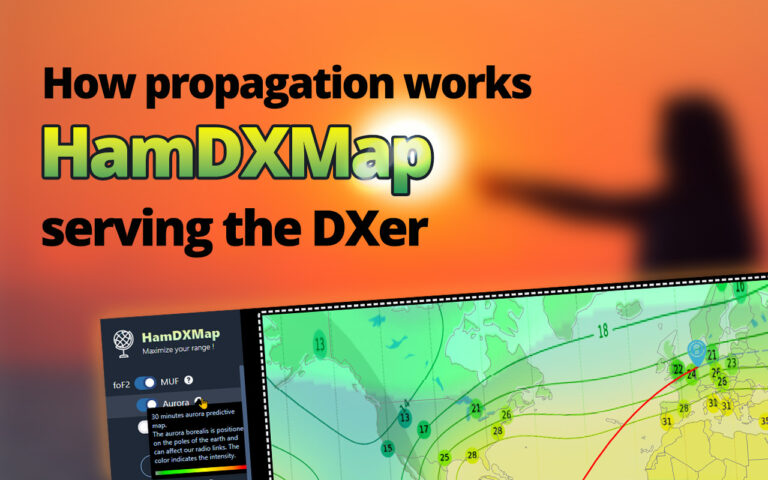Conference News
Dear HamDXMap Users,
We are thrilled to invite you to the upcoming HamDXMap Conference in Friedrichshafen at HamRadio 2025 ! 🎉
At this exciting event, you will have the opportunity to:
- 🔍 Discover all features of HamDXMap that you may not be aware of.
- 🚀 Learn about the future developments and upcoming enhancements.
- 🤝 Connect with fellow users and share your experiences and tips.
📅 Date : Friday 27 june at 12:00
📍 Location : Friedrichshafen Messe, Germany
🏢 Room : Schwarzwald, conference centrum West




























 Pay me a coffee!
Pay me a coffee!